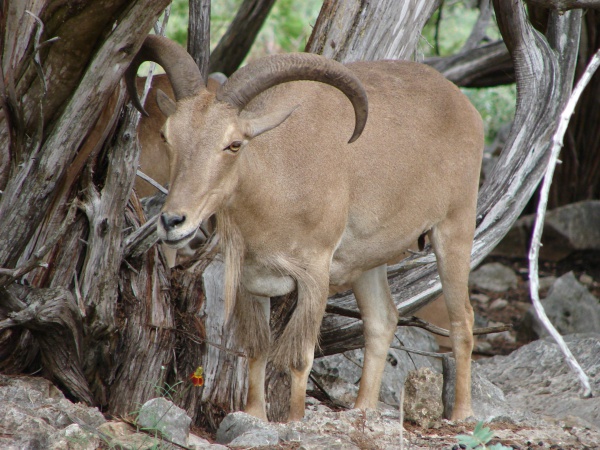Facts About Barbary Sheep, Arui, Aoudad
The Barbary sheep, also known as arrui or aoudad, is a captivating caprid species native to the rugged mountains of North Africa. There are six recognized subspecies of this animal. Although they are rare in their native regions, Barbary sheep have been introduced to areas such as North America, southern Europe, and various other places. In the Berber language, they are referred to as awdad, waddan, arwi, or arrwis.
These medium-sized animals have a sandy-brown coat and can grow up to 90 cm tall at the shoulder, with a weight ranging from 40 to 140 kg. Their horns, which can extend beyond 76 cm, have a distinctive curve. Barbary sheep are well-adapted to life in arid, mountainous areas, where they feed on grasses, bushes, and lichens.
In the wild, Barbary sheep can be found across northern African countries such as Algeria, Tunisia, Egypt, Libya, Morocco, and Sudan. However, due to human intervention, they have also been introduced to regions like Spain, the United States, Mexico, and other parts of Africa. Noted for their agility and nomadic lifestyle, Barbary sheep adeptly evade predators like the Barbary leopard and lion.
From a scientific standpoint, Barbary sheep belong to the genus Ammotragus and are the sole species within this group. The six subspecies are distributed across different parts of North Africa. The binomial name Ammotragus lervia is derived from Greek, meaning "sand" and "goat."
The names for Barbary sheep vary by region and language. In Spanish, they are called "arruis" a term that originates from the Berber word "arrwis." The Berbers use several names for them, including aoudad, arui, and waddan. When they gather in a group, they are known as an "Anger."

 Algeria
Algeria